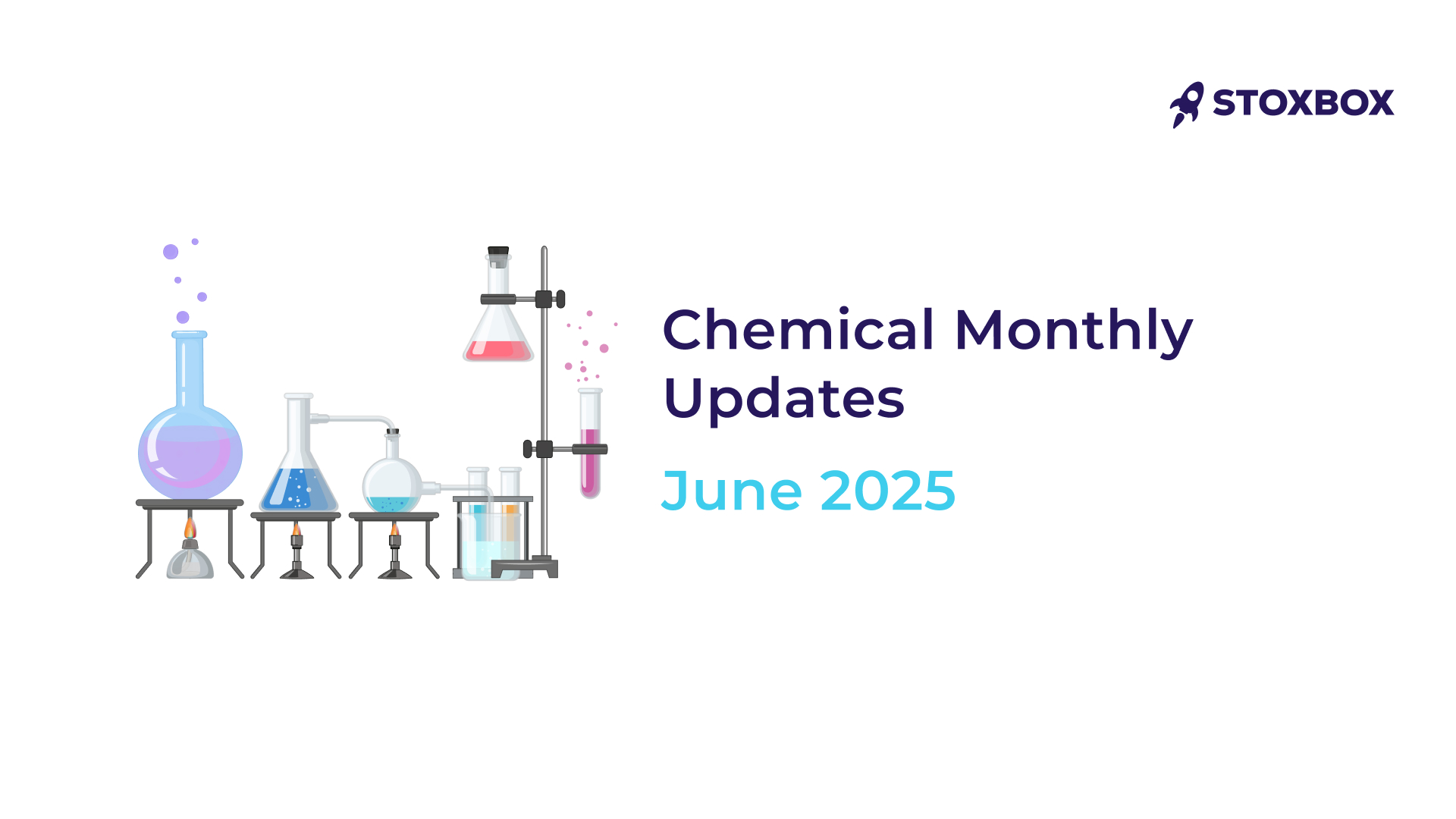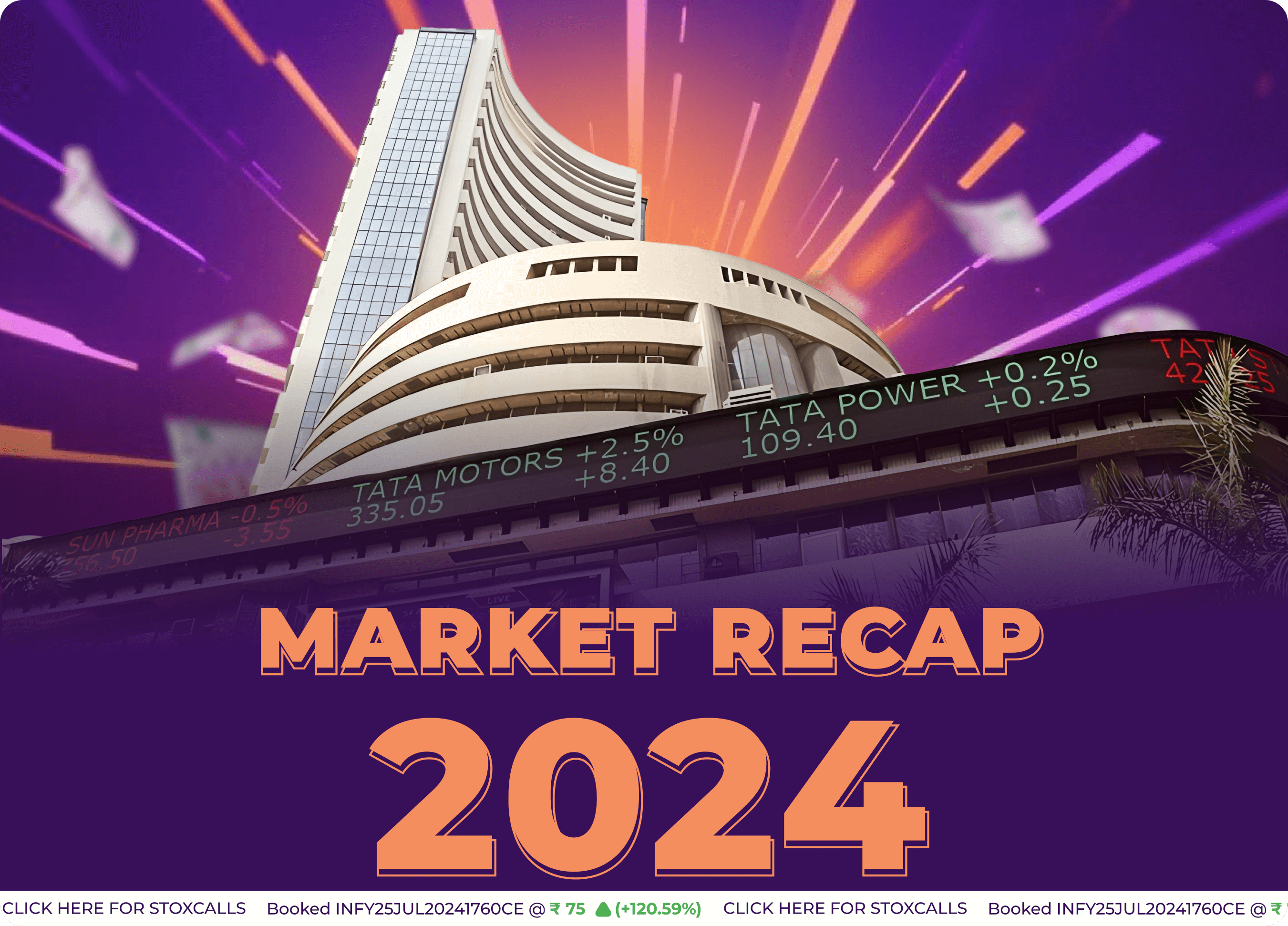Navigating Mixed Trends Amid Global Uncertainty
The chemical sector experienced a mixed pricing environment in June, with continued headwinds, including rising freight costs amid renewed geopolitical uncertainties following the Red Sea crisis. While pricing trends remained weak, the potential imposition of anti-dumping duties (ADD) during the month offered a positive catalyst, easing margin pressures and supporting domestic players against low-cost imports. Despite near-term challenges, this regulatory support could provide meaningful relief to Indian chemical manufacturers. As we advance, the global trade environment remains dynamic, with the US indicating potential tariff hikes from August 2025, unless bilateral trade deals are reached by early July. India is likely to experience a relatively lower tariff impact compared to other APAC countries, thereby strengthening its position as a more favorable destination for global manufacturing and exports. This strategic edge, aided by the recently signed UK-India FTA and ongoing EU negotiations, enhances India’s long-term export potential. However, the export performance of Indian chemical companies in Q1FY26 showed a mixed trend. These mixed results reflect both company-specific challenges and broader global headwinds. Nonetheless, with a favorable tariff environment and global diversification from China, the Indian chemical sector remains well-positioned to capitalize on medium- to long-term export opportunities. On the earnings front, the chemical sector is poised for a mixed but largely positive performance in Q1FY26, led by higher volumes and improved realizations on an annual basis. Margin expansion is likely for most companies, supported by operating leverage, a better product mix, and benefits from backward integration. Overall, the outlook for the sector remains constructive, with high potential for earnings upgrades, underpinned by improving global demand, increased value-addition, and strategic capacity expansion.
The pricing environment in the current month generally persists, although select categories have shown resilience. Refrigerant prices remained firm, driven by increased demand from domestic and Middle Eastern markets, which is expected to enhance the overall refrigerant gas pricing environment, benefiting companies such as SRF and NFIL. On the other hand, Benzene prices spiked substantially, while Ethyl acetate and phenol prices were relatively stable. Palm oil prices remained elevated, driven by thin inventories and a steep discount to competing oils. Acetic Acid and Ethanol witnessed price corrections of 1% and 2% MoM, respectively, while Methanol registered a sharper decline of 4% MoM. Among industrial chemicals, Caustic Soda prices firmed up, whereas Aniline and Vinyl Acetate Monomer contracted during the month. Bromine prices dropped MoM due to weak downstream product demand.
The chemicals sector is witnessing optimism driven by improving demand trends, capex incurred and potentially better pricing in FY26. Strong support from the government, in the form of safeguard duties and initiatives such as PLI and Make in India, is also seeding growth in the sector. On the whole, Indian chemical companies’ long-term growth prospects in the specialty chemicals sector are driven by a massive revenue opportunity from the perspective of import substitution and a potential rise in exports to global customers. Companies such as Aarti Industries, Ami Organics, Clean Sciences, GHCL, Laxmi Organics, Navin Fluorine, Neogen Chemicals, SRF, and Vinati Organics are likely to benefit from the demand for value-added chemical products.
You might also Like.
Union Budget 2025-26 Impact on Sectors
Edit Announcement Impact Companies Enhancing the credit guarantee cover for...


